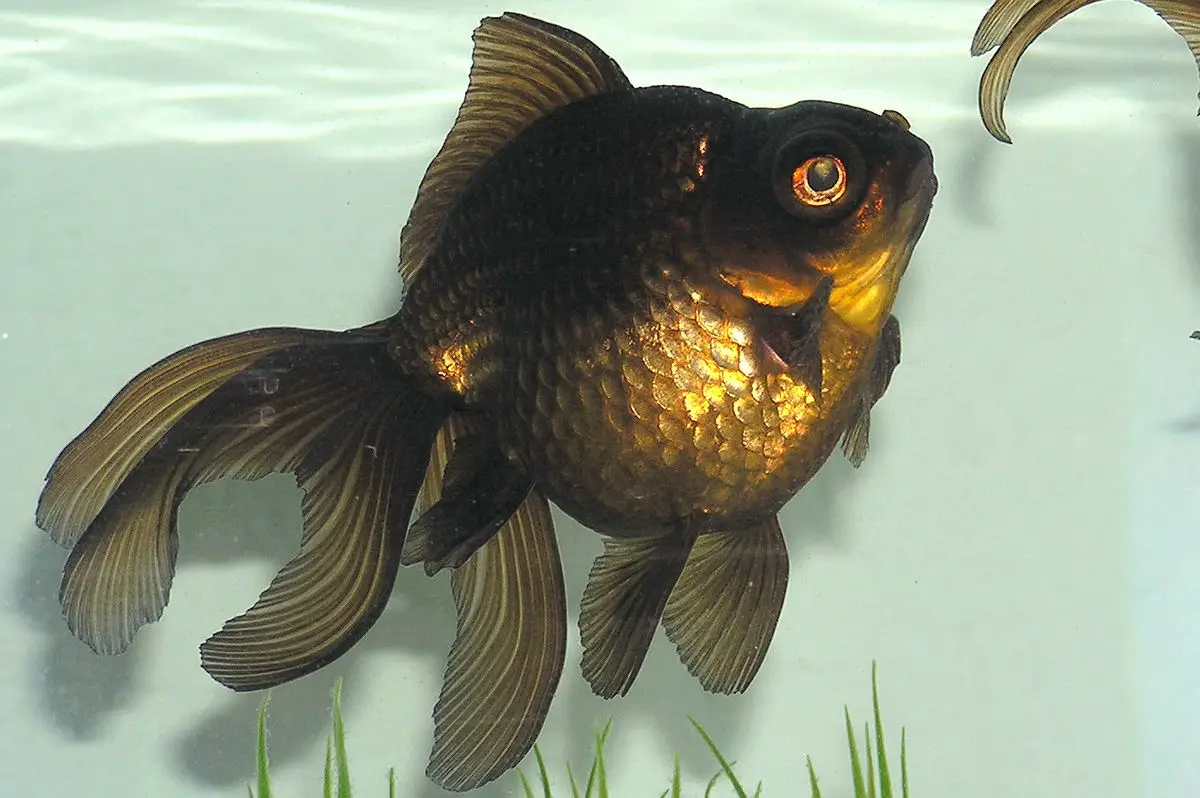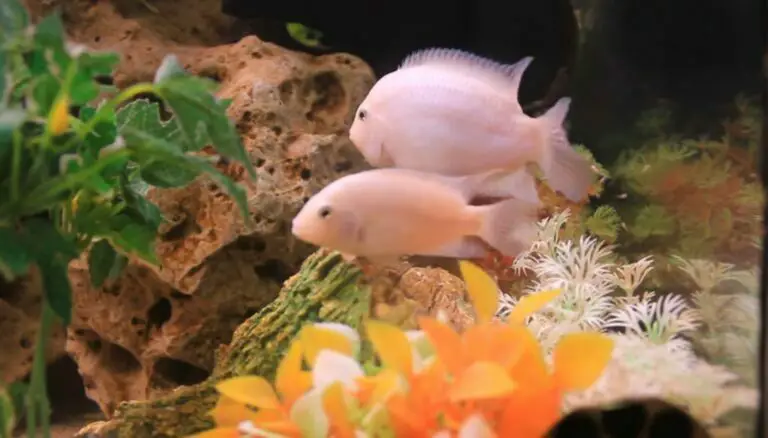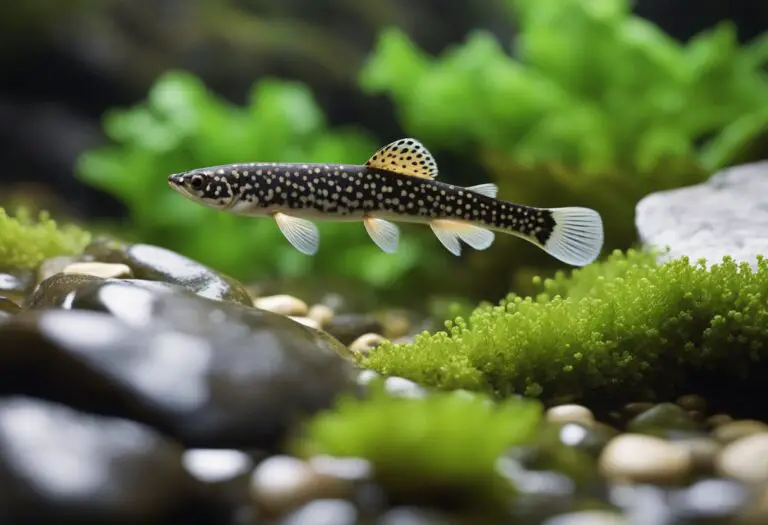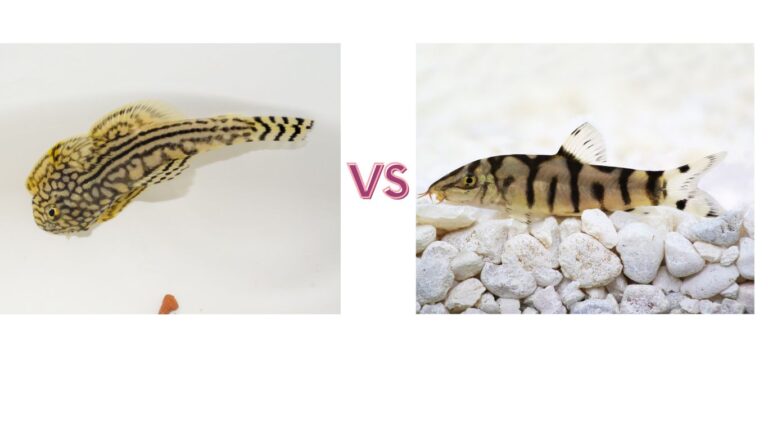Black Moor Goldfish Turning Gold: Causes, Care, and Prevention Tips
Black Moor Goldfish are an intriguing variant of the common goldfish, distinguished by their velvety black color and protruding eyes. These characteristics require specific care and attention.
As Black Moors age, they may transition to a golden hue, typically resulting in a reddish gold on the belly while the upper side remains dark. This change is normal and usually occurs as the fish matures.
These peaceful fish can thrive in a community tank with other non-aggressive species. Due to their poor eyesight, ensure the tank is free of sharp objects to prevent injuries. A well-maintained environment with stable water conditions is essential for their health.
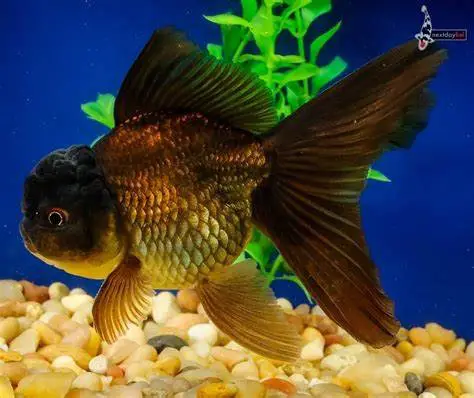
Dietary Needs:
- High-quality goldfish pellets or flakes
- Occasional treats like brine shrimp
- Blanched vegetables
Feed small amounts multiple times a day to avoid swimming issues caused by overfeeding.
A proper tank setup is crucial. Provide at least 20 gallons for one fish, with additional volume for each extra fish. A good filtration system helps maintain clean water, essential for avoiding health issues like fin rot.
Monitor tank parameters diligently. Keep pH levels around 7.0 to 7.4 and water temperature between 65°F and 72°F. Perform regular water changes of at least 25% weekly to remove waste and maintain water quality.
Black Moors are prone to swim bladder disorders due to their body shape. Mitigate this by feeding easily digestible foods and avoiding dried flakes or pellets that can swell in their stomachs.
These goldfish are relatively slow swimmers and tend to explore their environment leisurely. Observe their behavior regularly to detect potential health problems early.
With proper care, Black Moors can live for 10 to 15 years, bringing elegance to your aquarium.
Causes of Color Change
Several factors can cause a Black Moor Goldfish to change color from black to gold, including genetic factors, age, environmental influences, and health conditions.
Genetic factors play a significant role in the coloration of Black Moor Goldfish. Some possess genes that predispose them to change from black to gold as they age, a natural process embedded in their DNA.
As they mature, many Black Moors undergo a color transformation due to a decline in melanin production. This metamorphosis often starts when the fish is around one to two years old.
Environmental Factors Influencing Color Change:
- Light exposure
- Tank conditions
- Water quality
Insufficient lighting or fluctuating water quality might stress the fish, causing a loss of pigmentation. Ensure appropriate lighting and maintain consistent water parameters to preserve their color.
Diet can also impact color. Carotenoids, found in certain foods like brine shrimp, algae, and specific goldfish feeds, can enhance golden hues. A varied and balanced diet promotes overall health and helps maintain vibrant colors.
Health conditions can alter a fish’s coloration. Poor water quality can lead to conditions that might cause pigmentation loss. Regularly monitor your fish for signs of distress or illness and address any health issues promptly.
By creating a supportive environment, providing a nutritious diet, and monitoring their health, you can enjoy watching the natural progression of your Black Moor’s beautiful colors over the years.
Genetic Factors
Genetic factors are key to understanding the color change in Black Moor Goldfish. Their genes contain information for physical characteristics, including color, and dictate the production and regulation of pigments like melanin.
Not all Black Moors have the same genetic coding; some carry genes that predispose them to a chromatic shift as they age. As the fish matures, alterations in these genetic instructions can reduce melanin production, revealing underlying pigmentation ranging from reddish gold to bright gold.
“This color shift is often gradual, beginning at the belly and extending upwards, with the dorsal side frequently remaining darker.”
The timing of this transition varies, with some fish starting earlier in life and others changing more gradually.
These hereditary traits have been passed down through generations of selective breeding. Fancy goldfish like the Black Moor have been bred over centuries to emphasize specific traits, including their exquisite colors.
Understanding these genetic factors allows you to appreciate the color change as a natural part of your Black Moor’s biological heritage. Observing this transformation unfold over time offers a fascinating visual experience and deepens your connection to the intricate world of goldfish genetics.

Age and Maturity
As your Black Moor Goldfish matures, the aging process plays a significant role in its color evolution. Young specimens typically exhibit a rich, velvety black hue, but as they age, a remarkable transformation can occur.
Around the one to two-year mark, Black Moors often begin to shift from their initial black coloration to a more golden hue. This change usually starts on the ventral side of the fish, revealing a stunning reddish gold pigment beneath. The dorsal side often retains its darker shades, creating a charming contrast.
Supporting Your Aging Black Moor:
- Maintain optimal tank conditions
- Ensure stable water parameters
- Provide a proper diet rich in carotenoids
- Create a stress-free environment
This color transition is a natural part of the Black Moor’s aging journey and should be seen as normal rather than concerning. The process occurs gradually as melanin production in their scales reduces, allowing latent golden hues to emerge.
Regular monitoring is important, as sudden or patchy color changes might signal underlying issues such as stress, illnesses, or inadequate tank conditions. By embracing these changes, you can fully experience the charm and allure of these unique fish throughout their life journey.
Environmental Influences
The environment in which your Black Moor Goldfish lives significantly impacts its color development and overall health. Water quality is crucial; perform regular water changes of at least 25% weekly and use a good filtration system to keep waste and toxins at bay.
| Parameter | Optimal Range |
|---|---|
| pH Level | 7.0 to 7.4 |
| Water Temperature | 65°F to 72°F |
Fluctuations in these parameters can stress your fish, potentially leading to color loss.
Proper lighting is essential. Ensure your tank is well-lit but not excessively so, as too much direct light can encourage algae growth. A balanced lighting schedule mimicking natural day and night cycles helps maintain vibrant colors and promotes a healthy environment.
Color-Enhancing Diet:
- Foods rich in carotenoids (brine shrimp, algae)
- High-quality goldfish pellets or flakes
- Vegetables (peas, spinach)
Stress management is crucial for preserving your Black Moor’s color. Provide a peaceful community tank with compatible fish and avoid abrupt changes in their environment. Ensure adequate swimming space, starting with 20 gallons for one fish and adding volume for each additional fish.
By maintaining optimal tank conditions through good water quality, proper lighting, a balanced diet, and stress reduction, you can help your Black Moor Goldfish retain its striking coloration and enjoy a long, healthy life.
Health and Stress
Health issues and stress are key factors that can affect the color of Black Moor Goldfish. When these fish experience stress or illness, their vibrant colors may fade, and they might lose some of their black pigmentation. This shows how closely a fish’s well-being is tied to its appearance.
Common health problems that can negatively impact the fish’s color include:
- Fin rot: Caused by bacteria or fungi, results in ragged, discolored fins.
- Ich (white spot disease): Appears as white spots on the skin, causing stress and potential color loss.
- Swim bladder disorders: Can impair the fish’s buoyancy, leading to stress-induced color fading.
Early detection is crucial for managing these issues. Regularly observe your Black Moor for any signs of distress or unusual behavior. A healthy fish will be active, have a good appetite, and display vibrant colors. Changes like lethargy, loss of appetite, or sudden color fading might indicate a health problem that needs attention.
Maintaining good water quality is essential in preventing many common illnesses. Regular water changes and a reliable filtration system help control harmful toxins. Routine water tests ensure that pH levels and temperature remain within the ideal range, minimizing stress and supporting overall health.
Stress Factors to Avoid
- Sudden changes in water conditions
- Overcrowded tanks
- Aggressive tank mates
A proper diet plays a significant role in keeping the fish healthy and vibrant. Provide a balanced diet rich in essential nutrients, including high-quality goldfish pellets or flakes, supplemented with treats like brine shrimp and blanched vegetables. Avoid overfeeding, as excess food can lead to digestive issues and poor water quality.
“By prioritizing health and reducing stress, you can help your Black Moor Goldfish maintain its stunning colors and enjoy a vibrant, healthy life.”
For illnesses, prompt treatment is essential. Quarantine affected fish to prevent the spread of disease and administer appropriate medications. Regular monitoring and quick response to health issues can significantly reduce the impact on your Black Moor’s coloration and overall health.1
By creating a supportive environment, providing a nutritious diet, and monitoring their health, you can help your Black Moor Goldfish thrive. Their color changes are a natural part of their life journey, adding to the charm of these remarkable fish.
